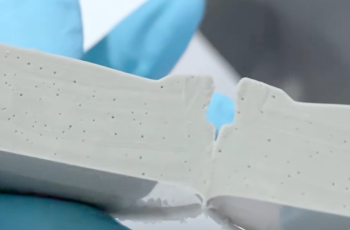Elaplus elaborates on the causes and prevention methods of adhesive bubble formation
The appearance of bubbles during the manufacturing process is a common and challenging issue in adhesive applications. Although these bubbles may seem insignificant, their impact on adhesive strength, reliability, and appearance quality can be profound. Understanding the causes and potential impacts of bubble formation, as well as how to prevent or reduce their occurrence, is key to ensuring the success of adhesive applications.The consequences of adhesive bubblesBubbles are not just visual defects, they may form gaps structurally, significantly reducing the load-bearing capacity of joints and weakening adhesive strength, especially in fields such as aerospace or medical equipment that require high safety. Bubbles can concentrate stress under mechanical loads or temperature changes, making joints more prone to failure.In certain industries, especially those that require precise proportioning of resins and curing agents, the presence of bubbles is more severe. Residual air can interfere with chemical reactions, leading to incomplete curing and subsequently reducing adhesive strength. This situation not only affects functionality, but may also cause serious problems in appearance, especially in applications with high transparency or decorative requirements, where bubbles can significantly reduce the aesthetic appeal of the product.In addition, the presence of bubbles will occupy the space of the adhesive, reduce its coverage, lead to uneven bonding, and thus affect the airtightness or water tightness, resulting in a decrease in sealing performance and ultimately increasing production costs. Defects caused by bubbles may require rework or replacement, and additional quality control measures may be taken, which not only consumes time and cost, but also affects the durability and functionality of the product. Therefore, preventing bubbles is crucial for ensuring the quality and performance of the product.Adhesive bubbles. Reasons for bubble formationUnderstanding the mechanism of bubble formation is the first step in solving problems. Common sources of bubbles include the following:The interaction between…


